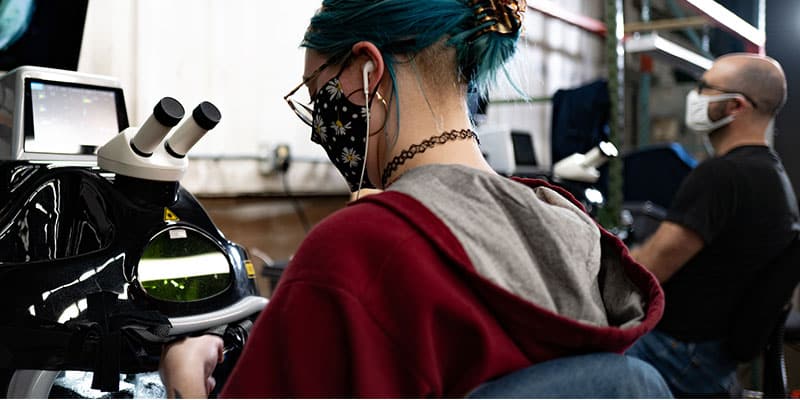Introduction
 |
| Pressure Sensors – Motorola |
Choosing a Sensor Accuracy – The statistical variance about the exact reading.Factors to consider when choosing a sensor.
- Calibration – Required for most measuring systems since their readings will drift over time.
- Cost
- Environmental – Sensors typically have temperature and/or humidity limits.
- Range – Limits of measurement or the sensor.
- Repeatability – The variance in a sensor’s reading when a single condition is repeatedly measured.
- Resolution – The smallest increment the sensor can detect.
Types of Sensors Sensors are used to measure basic physical phenomena including:
- Acceleration – Shock & Vibration.
- Angular / Linear Position
- Chemical/Gas Concentration
- Humidity
- Flow Rate
- Force
- Magnetic Fields
- Pressure
- Proximity – Spatial Presence
- Sound
- Temperature
- Velocity




